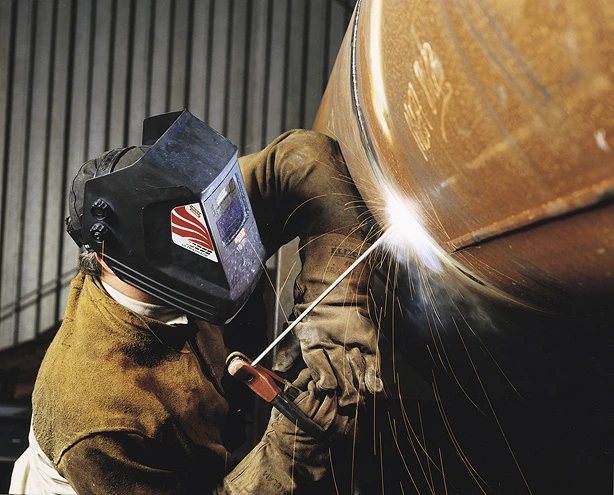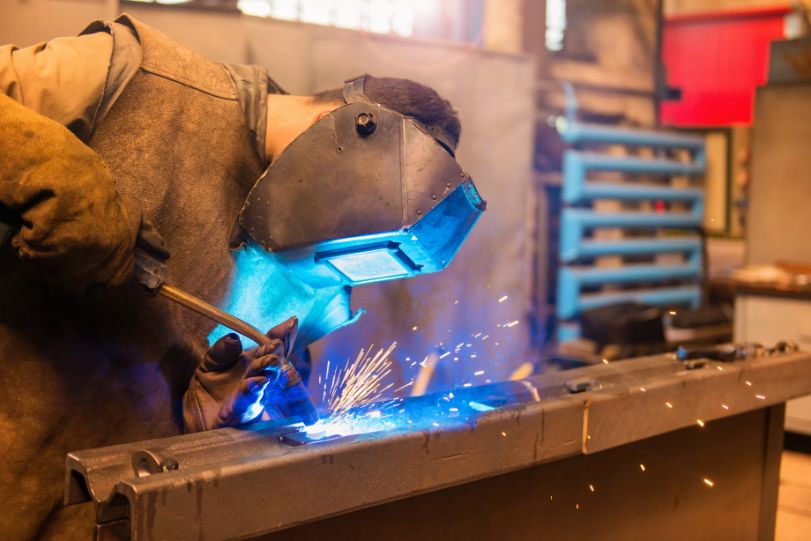Exactly how to Establish a Reliable Welding WPS: Tips and Best Practices
Exactly how to Establish a Reliable Welding WPS: Tips and Best Practices
Blog Article
The Ultimate Overview to Welding WPS Procedures: An Extensive Introduction for Welders
In the detailed world of welding, Welding Procedure Requirements (WPS) serve as the backbone of making sure quality, consistency, and safety and security in welding operations. Comprehending the nuances of producing, applying, and monitoring WPS treatments is essential for welders aiming to elevate their craft and satisfy industry criteria. As we look into the numerous components of a WPS and explore the complexities of qualification and accreditation, we will certainly discover the crucial function these procedures play in the world of welding. Let's begin on a trip to untangle the complexities and importance of WPS treatments in welding techniques.
Significance of WPS Procedures
Understanding the relevance of Welding Treatment Specifications (WPS) treatments is crucial for guaranteeing the quality and integrity of bonded frameworks. WPS treatments serve as a roadmap for welders, detailing the needed actions, parameters, and products needed to achieve an audio weld. By adhering to WPS standards, welders can make sure consistency in their work, causing structurally sound and reputable welds.
One of the key reasons why WPS treatments are important is their role in preserving weld quality and honesty. Following the specified welding criteria and strategies described in the WPS helps stop issues such as porosity, cracking, or incomplete combination, which can compromise the stamina and resilience of the weld.

Elements of a WPS
A Welding Procedure Specification (WPS) generally comprises crucial components that detail the specific demands for carrying out a weld, guaranteeing consistency and high quality in the welding procedure. The vital parts of a WPS consist of essential variables such as base steels, filler metals, interpass and preheat temperature levels, welding processes, securing gases, welding placements, and post-weld warmth treatment demands.
Base steels refer to the materials being joined, while filler metals are made use of to load the space between the base steels during welding. The welding procedure describes the details strategy to be utilized, whether it's gas steel arc welding (GMAW), secured metal arc welding (SMAW), or another technique. Welding positions define the orientations in which welding can be carried out.

Credentials and Certification
Having developed the crucial parts of a Welding Treatment Requirements (WPS), the emphasis currently changes in the direction of the essential facets of certification and qualification in welding methods.

Accreditation, on the various other hand, is the official acknowledgment of a welder's qualifications by an appropriate qualification body or organization. Welding certifications are read the article usually based upon the details welding processes, products, and placements a welder is qualified to function with. Holding a valid welding certification demonstrates that a welder meets sector standards and is qualified to perform welding jobs to the called for requirements.
Creating a WPS
To create a Welding Procedure Requirements (WPS) that fulfills sector standards, cautious factor to consider of welding procedures, products, and functional specifications is essential (welding WPS). The initial step in developing a WPS is to identify the welding process to be utilized, such as gas steel arc welding (GMAW) or shielded metal arc welding (SMAW) When the welding procedure is identified, the following crucial element is picking the ideal materials, taking into consideration elements like base steel type, thickness, and joint design. Operational criteria such as welding current, voltage, traveling rate, and protecting gas structure have to likewise be thoroughly specified in the WPS.

Implementing and Keeping An Eye On WPS
Upon settling learn the facts here now the extensive Welding Treatment Specification (WPS) that thoroughly information welding procedures, products, operational specifications, and high quality guarantee measures, the emphasis moves to properly carrying out and keeping an eye on the well established treatments. Execution includes guaranteeing that all welders included in the project are acquainted with the WPS and follow it thoroughly throughout the welding process. Reliable application and tracking of the WPS are critical for making certain the integrity, stamina, and security of the welded joints, eventually contributing to the total success of the welding job.
Conclusion
To conclude, understanding and adhering to Welding Treatment Requirements (WPS) is vital for welders to guarantee top quality, consistency, and security in their job. By knowing the elements of a WPS, getting proper credentials and accreditations, creating detailed treatments, and executing and checking them successfully, welders can improve their abilities and efficiency in welding methods. Complying with WPS procedures is important for producing top quality welds and meeting industry requirements.
In the intricate globe of welding, Welding Procedure Specs (WPS) serve as the backbone of making sure high quality, consistency, and safety and security in welding operations. The welding process describes the specific technique to be made use of, whether it's gas metal arc welding (GMAW), protected steel arc welding (SMAW), or one more method.To develop a Welding Procedure Spec (WPS) that satisfies market requirements, cautious consideration of welding processes, products, and operational parameters is crucial. The first action in producing a WPS is to recognize the welding procedure to be used, such as gas steel arc welding (GMAW) or protected steel arc welding (SMAW)Upon completing the thorough Welding Treatment Requirements (WPS) that carefully information welding processes, materials, operational specifications, and top quality assurance actions, the focus changes to efficiently executing and keeping track of the established treatments.
Report this page